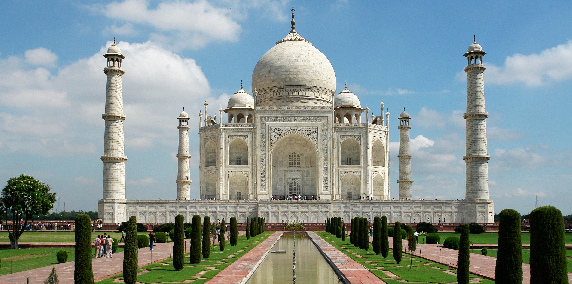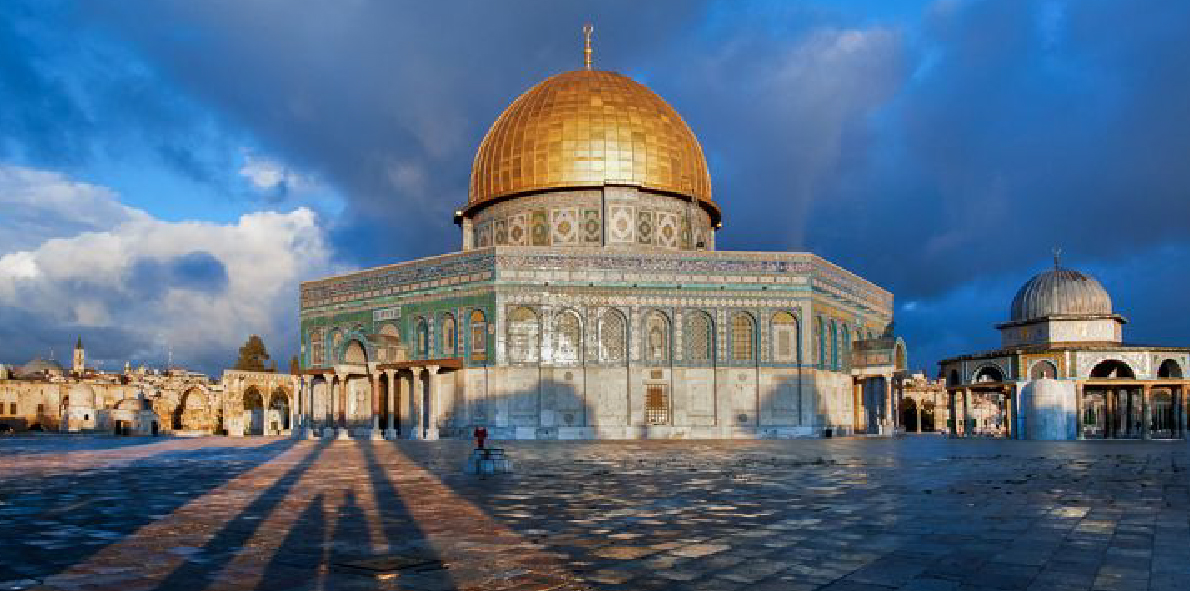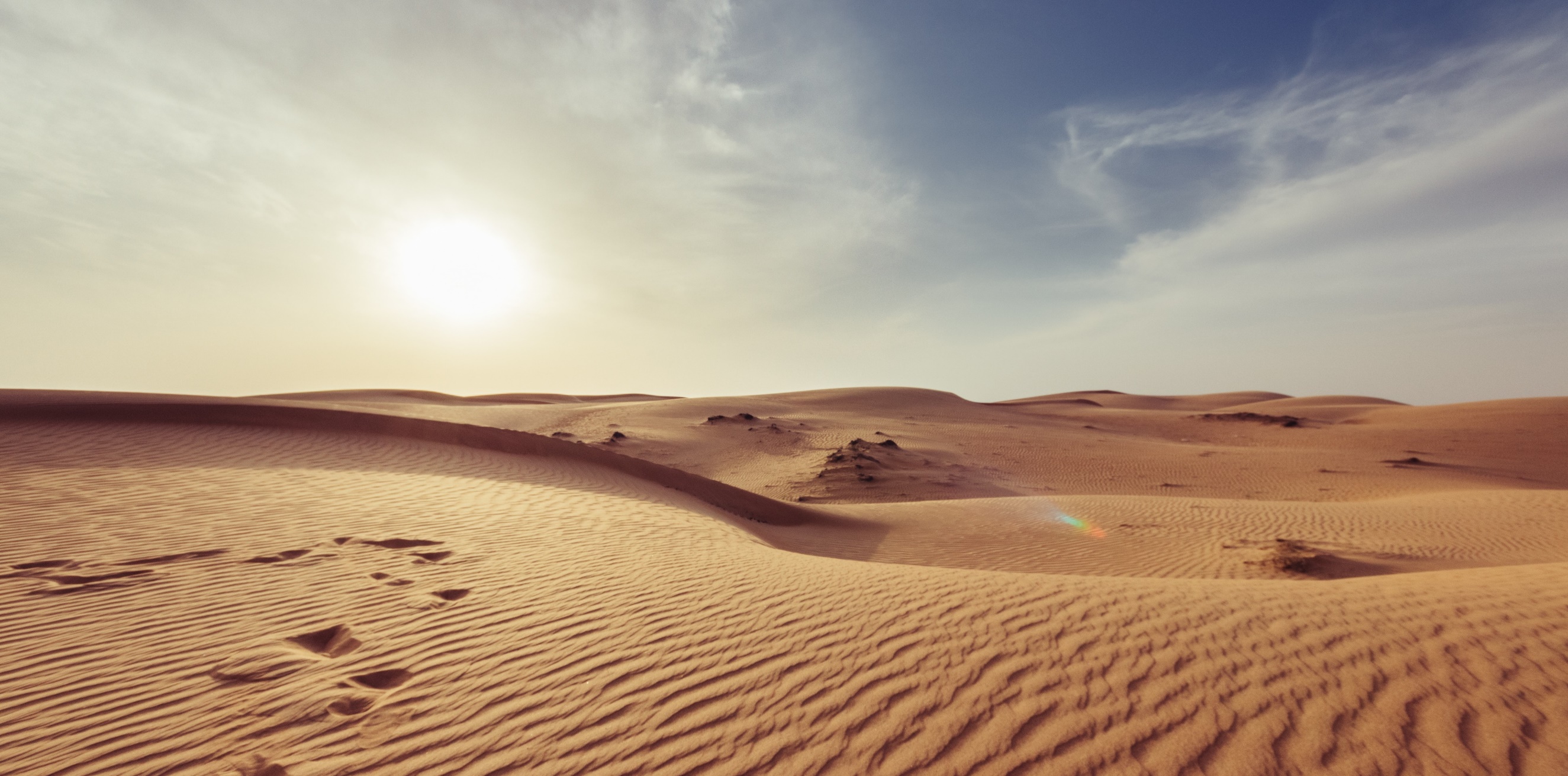TAJ MAHAL, WHERE LOVE IS ENDLESS!
Taj Mahal, a white marble magnificence, took 22 years with the hands of 22,000 people and 1,000 elephants to build. Nakasimar India! The incredible India.
Mark Twain once said that there are only 2 types of people on the world, those who have admired the Taj Mahal and those who have never seen the Taj Mahaj. It seems to me that Mark Twain was too immersed in the love of Emperor Shah Jahal (the emperor of the Mughal Empire) for his third wife to tell the world such a thing.
I have dreamed about it for a long time, and now the Taj Mahal is right in front of my eyes. I took a deep breath and began to wander around Taj Mahal to better understand this land, to feel clearly what inspired Emperor Shah Jahal to create such a magnificent building for the world.
Emperor seems to want to show the world the eternal love he has for this third wife, but unfortunately, she passed away while giving birth to the 14th child to Emperor Shah Jahal.
Taj Mahal is made of white marble, which is still known as the best marble in the world nowadays. It took 22 years with the hands of 22,000 people and 1,000 elephants to finish the Taj Mahal construction. And it would be very surprising if a well-trained architect comes here and asks how the Taj Mahal's foundation was built. It would be even more surprising if you observe Taj Mahal from another angle, where you can see that the Taj Mahal built right next to the river.
The teak wood, the more water it absorbs the harder it becomes, was chosen by Persian architects to build the foundation. A waterway from the river flows through the foundation day by day, making the foundation of the Taj Mahal more solid; and until this day the Taj Mahal still remains firmly to testify to the love of Emperor Shah Jahal for his third wife. There is so much about the history and legend of Taj Mahal to find out if you love of history and masterpieces of the world. Come to the Taj Mahal, to regret for Shah Jahal’s dream that did not become a reality when his eldest son stopped him by imprisoning him in the Agra Fort, not too far from the Taj Mahal to the upstream of the river. After 18 years of imprisoning, Emperor Shah Jahal died and rested with his third wife at the Taj Mahal.
Today, if you come to the Taj Mahal and see the graves of Emperor Shah Jahan and his wife, you should know that it is not the real grave. The real grave is located under the basement of the Taj Mahal, and you can visit the real grave on July 10 every year with a ticket price of zero, compared to the regular fare of 750 rupees (~ 15US $).
There is an average of 12.000 people visiting Taj Mahal everyday. Emperor Shah Jahan once said that people have too many sins, and if sinners come to this place, all previous sins will be washed away and they will return pure again. According to the Americans, this is a project with a higher return on investment than any other risky economic investment projects. Building Taj Mahal costed 32 million rupees, equivalent to 68,000 US dollars, back in the day; but today, the Taj Mahah earns 4.5 million US dollars per month.
In the morning, the Taj Mahal gives visitors a peaceful feeling with its pure white color. In the sunset, the white color of the marble, mixed with the bright sun light, creates the fancifulness that will touch anyone standing in front of the Taj Mahal.
Giving yourself an opportunity to stand in front of Taj Mahal is what I want to share to thoese who read this note. Give yourself an opportunity to feel that life is always challenging, and it doesn’t matter of you are facing the difficulties of daily work, or the difficulties of building a kingdom ... those difficulties can all be conquered by us. The hardest and the most wonderful things will be conquered by those who have love and passion. The love, emotion, the sacredness of man will be eternal, will be the driving force and energy to create the Taj Mahal of history, or the Porsche Panamera of today that most people reading this note all dream about.
Nakasimar India !
Leaving behind the chaos of life, I am determined to go on the road, following the planned made 10 months ago. India is not far away, after more than 9 hours of flight, now New Delhi, the Indian gateway, is spreading its arms to welcome us with a journey longer than 10 days.
The symphony started when I stepped out of the Indira Ghandi airport, the symphony of life under the light, the color, the smell and the unmistakable taste even if I just set foot in India for a day. Those impressions promise a fascinating journey for adventurous people, who most people still view as weirdos.
An India of religion, culture, and tradition that we hope to acquire, to understand, and hope it will somehow be useful for the long-life journey ahead. Incredible India! Why? That was the question I asked an Indian friend more than 2 years ago. Go there, feel and understand why it is incredible. I hope a few notes and some pictures would help people understand more about an Incredible India.
The first impressions of anything are always unforgettable and strong impressions; and t with us there is no exception. The Indians with their bright smiles are always so enthusiastic that we are sometimes skeptical, and once we are no longer skeptical, their emotions and enthusiasm really touched us.
In a country of more than 1 billion people, living is always a hard issue for most of the population, and thinking of good things seems to be a far-away thing. But the truth seems to be the opposite story, religion and faith in gods of the Indians are too great, it helps them to overcome the ordinary ego and beyond the temptations.
Turn left or turn right to Conaugh Place? The question we debated has just begun when a man comes to us and said, “Conaugh Place is closed now guys. Where do you want to go?” After a while of searching, the strange man did not hesitate to take us on foot for more than a kilometer to catch a ride to the Gold Market, took us to several shops and said we could enjoy shopping there, then he quickly left ... The initial suspicion was quickly erased in each of us and the admiration for the kindness of the Indians suddenly rose inside ...
Nakasimar! means hello! The Indian greeting with both hands clasped in front of their chests to show that they do not bring knives, swords and come to other people with all their hearts was true when we relied on what we experienced during the first day here.
India has welcomed us with such affection ...
Perhaps the majority of people who know Jaipur are familiar with the name Pink City rather than the victorious city. That's right, because the city was called the victorious city before 1853, and after 1853, it was called the pink city.
The story of Jaipur, which is located 300 km south of New Delhi, dates back to the 17th century. Let’s start the story of Jaipur with the history that tour guide shared with us when we arrived here. Jaipur was built in 1727 by Maharaja Jai Singh II, a Kachhwaha Rajput, who reigned from 1699 - 1727. At first his capital was at Amber, about 11 km from Jaipur. He then felt the need to move the capital due to the population increase with water shortage. Jaipur is India's first planned city and the king is very interested in designing this victory city. He consulted architecture books and many architects before forming the Jaipur blueprint. With a strategic plan, the city began construction in 1727. It took four years to complete the palaces, roads and main squares. The city was built on the principle of Shilpa Shastra, the Indian architecture. At that time, city architecture was very advanced and prominent in the Indian subcontinent. In 1853, Prince of Wales visited Jaipur, the whole city was painted in pink to welcome the prince. However, the wide, bright, pink boulevards have created a mysterious beauty for the city and are kept to this day.
If Delhi welcomed us with empty street, then Jaipur is completely opposite. The cramped and crowded atmosphere always makes people feel suffocated. Starting with religion, cows are sacred things in India and because of that, no one dares to touch the cow even when the cows go on the roads and interfere with traffic, or if cause any trouble. And that partly explains the crowded traffic of Jaipur street.
On the third day in India, we discovered one more thing, that the Indians seemed to like taking pictures. Everybody, no matter adults or children, smiles when they see cameras. They often ask to be in others’ photo, or ask other people to shoot pictures of themselves. An Indian family gave me a cake to take pictures with their whole family.
If someone tells you that India is horrible, I will tell you to pack your luggage and go there.
India is not as scary as people say.
LASTEST STORIES

TAJ MAHAL, WHERE LOVE IS ENDLESS!
Taj Mahal, a white marble magnificence, took 22 years with the hands of 22,000 people and 1,000 elephants to build. Nakasimar India! The incredible India.
SEE MORE

PALESTINE, FREEDOM FOR TOMORROW!
I was at my 4th day in my Jordan trip for 5 of us from Vietnam. Answering to Palestine governmen’s invitation, we got to Ramallah to attend Palestine disaster memorial on May 15, 2011, but unfortunately, until this moment, we were still stuck in Amman, Jordan’s capital city.
SEE MORE
OMAN – MYSTERIOUS AND WONDERFUL KINGDOM
“Even with those who can only stay in Oman for a short time like us, people in Oman still wouldn’t disappoint anyone…”
SEE MORE

